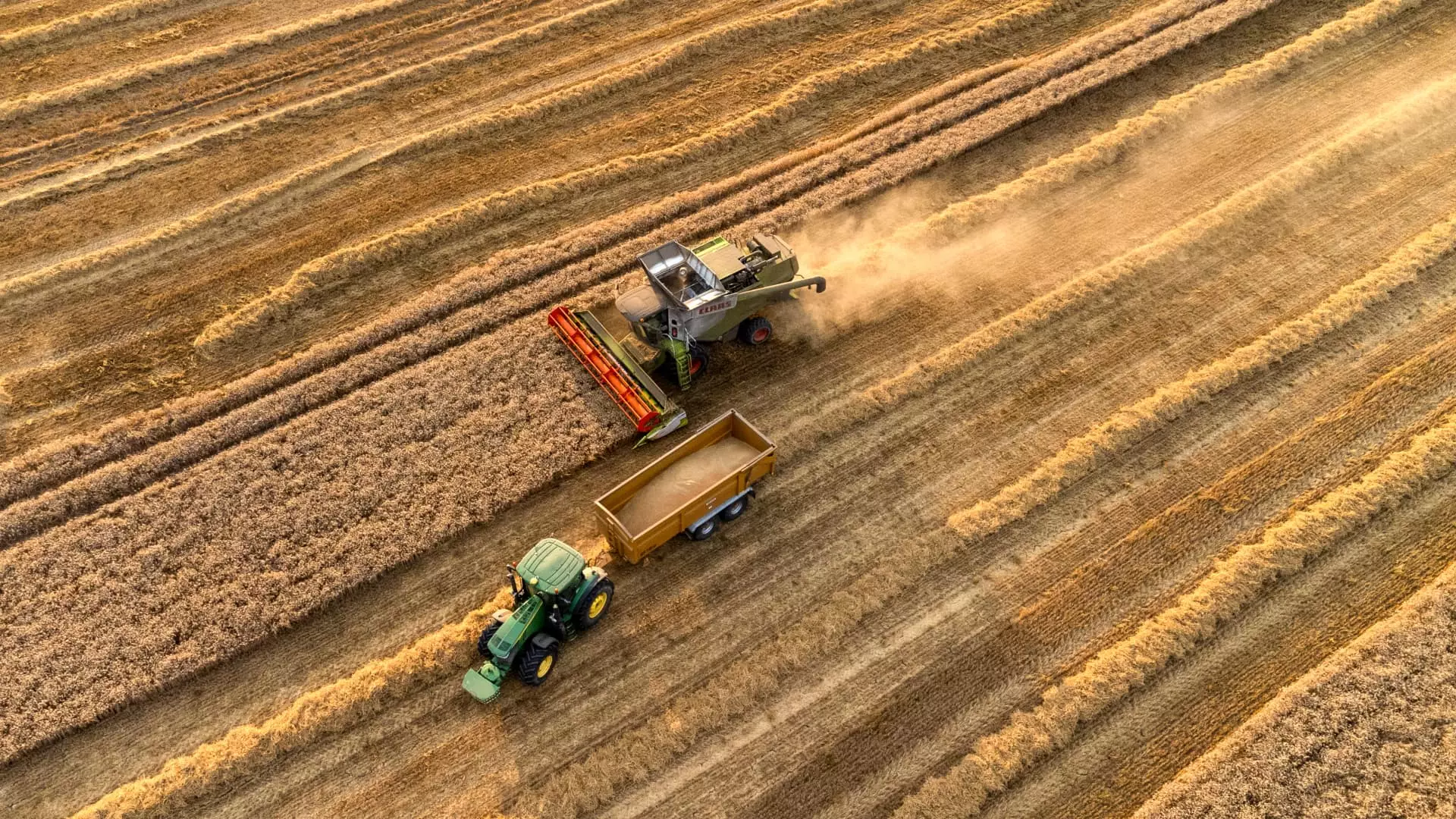The market dynamics surrounding agricultural commodities are shifting distinctly, with recent developments suggesting a positive momentum as these commodities move away from historical lows. This transformation appears especially relevant amidst increased volatility in equities, thus making agricultural investments an increasingly attractive proposition. Recent analyses point to several Exchange-Traded Funds (ETFs) like the Teucrium Corn Fund (CORN) and the Invesco DB Agriculture Fund (DBA) as presenting oversold conditions, signalling possible entry points for astute investors.
Projections for the agricultural sector have begun to elucidate a path for recovery, particularly following a period of constructive consolidation in the market. This upward trend necessitates a deeper examination of various agricultural commodities to identify potential opportunities for investment.
One specific commodity garnering attention is wheat, characterized by its bullish momentum shift. This shift is exemplified by the Teucrium Wheat Fund (WEAT), which has recently broken through significant resistance at its 10-week moving average. Indicators like the weekly Moving Average Convergence Divergence (MACD) and stochastic oscillators are showing upward shifts, underscoring the invigorated buying pressure.
Wheat’s momentum is particularly notable given the successful test of long-term support levels established back in 2019, which hovers around the $4.90 mark. The current positioning of the stochastics suggests there remains further room for upward movement without entering overbought territory. Furthermore, the key resistance level identified within the weekly cloud model, located near $6.20, establishes a crucial threshold for WEAT. A break above this resistance could signal a definitive reversal of the long-term downtrend, capturing heightened interest from market participants.
In addition to direct commodity investments, equities with a focus on agriculture offer an alternative route for capitalizing on the sector’s growth potential. Notably, Corteva (CTVA), a crop chemical company featured in the S&P 500, has demonstrated signs of bullish intent. The establishment of a higher low above the weekly cloud on its chart signifies a robust turning point, paving the way for a more favorable risk-reward setup for investors.
The technical indicators suggest that Corteva’s intermediate-term momentum is indeed positive, supported by the ascending trends of both the 40-week and 200-day moving averages. With bullish sentiment gaining traction, the resistance level near $59 appears surmountable, possibly paving the way for a measured intermediate-term price target around $65.
For those venturing into this revitalized market landscape, sound risk management remains paramount. The convergence of long-term support defined by the weekly cloud and the 40-week moving average at approximately $53 presents a critical juncture for investment decisions. Investors might consider utilizing the rising 50-day moving average as a stop-loss measure for positions in Corteva, thereby limiting potential downside risks while allowing for upward movement.
In analyzing momentum shifts within agricultural commodities and related equities, it’s essential to approach investments with clarity and caution. The current market conditions set against a backdrop of evolving agricultural dynamics reveal not only opportunities but also the inherent risks. As traders and investors assess their strategic positions, comprehensive analysis combined with prudent risk management will be essential in navigating this burgeoning phase in agricultural markets.
Agricultural commodities, and specifically wheat, exhibit signals of bullish momentum that warrant attention from investors. There is both tactical and strategic merit in exploring this sector due to the recent patterns indicating recovery and growth potential. Complementing direct commodity investments with equities like Corteva allows for diversified exposure to the agricultural landscape.
However, as in any investment strategy, it is vital to do thorough due diligence and remain abreast of changing market conditions. Understanding technical indicators, recognizing key support and resistance levels, and applying effective risk management strategies can help investors capitalize on the opportunities presented in this transitioning agricultural market. As the landscape continues to evolve, ongoing analysis will be imperative in seizing favorable investment opportunities tied to agricultural commodities.

